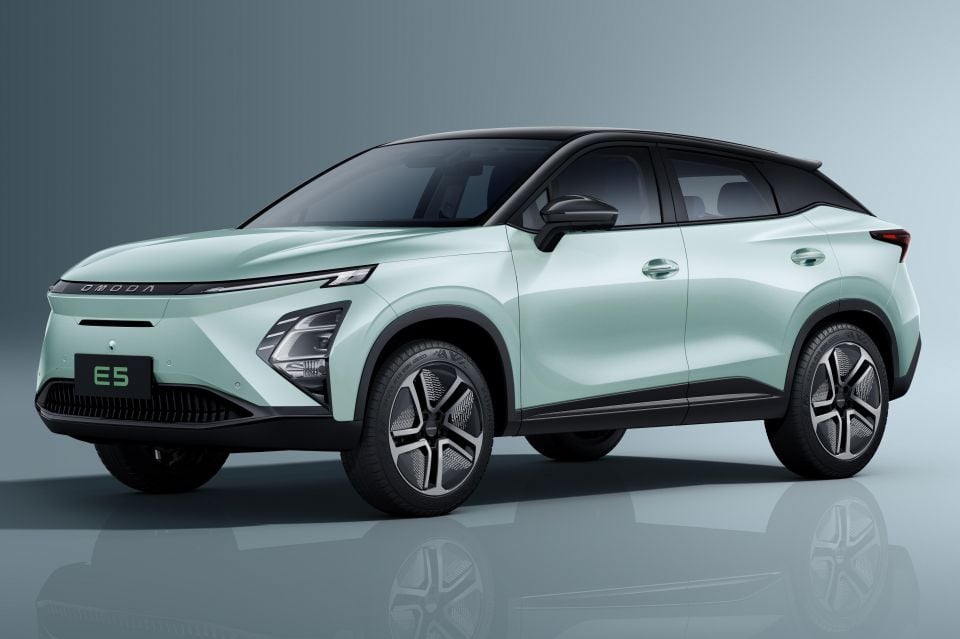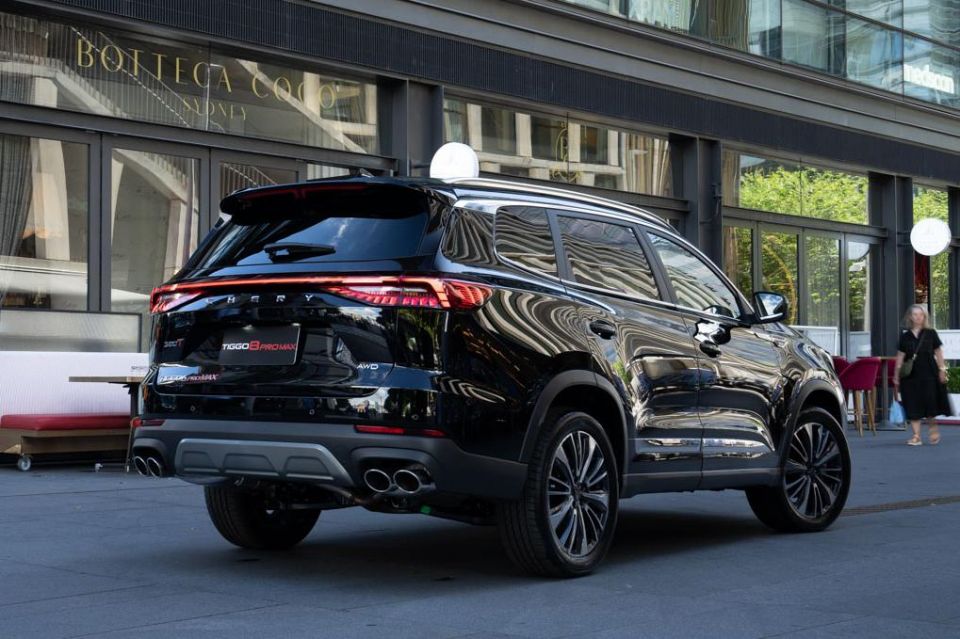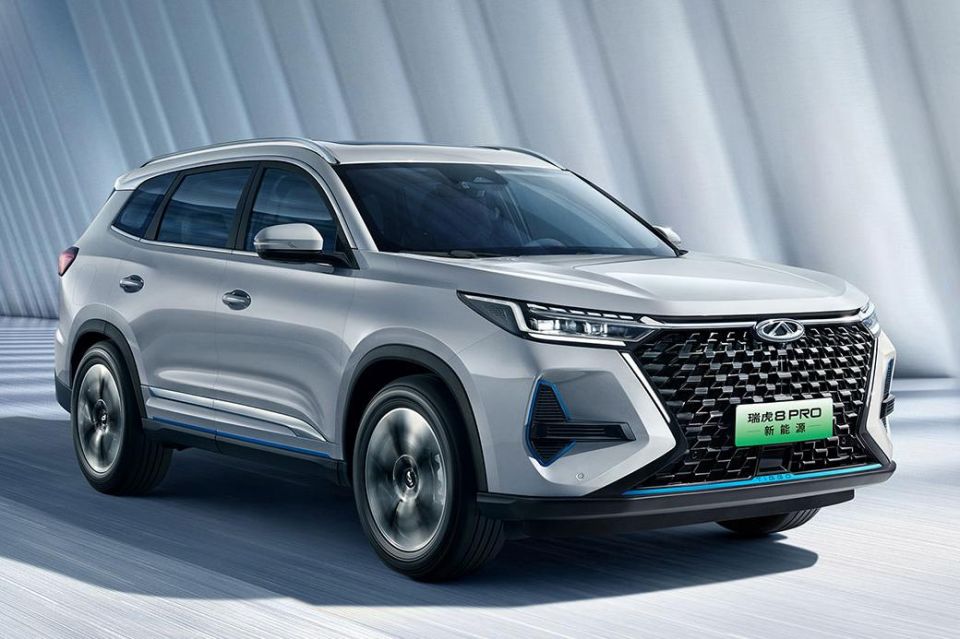

Damion Smy
Boxy new KGM Musso unveiled to take on HiLux and Ranger ahead of Australian launch
7 Hours Ago

News Editor
Some of Australia’s biggest car brands are concerned about meeting the Federal Government’s proposed New Vehicle Efficiency Standard (NVES) – but Chery isn’t one of them.
The brand says it supports proposed government emissions regulations, and won’t have any trouble meeting them. It didn’t provide a submission to the Australian Government on the New Vehicle Efficiency Standard (NVES) as many brands did.
However, Chery Australia managing director Lucas Harris said his company is “broadly supportive” when asked for its stance on the NVES.
“It’s a little bit hard at the moment given it’s not really final or near final legislation, so it’s hard I think to say whether we have particularly strong feelings about it,” said Mr Harris.

“If we had to offer any constructive criticism, it would be maybe the pace of it is maybe slightly too fast. That’s more looking at the market more broadly rather than just for us.
“In terms of how it’s going to impact our business, the answer is not at all.
“We’ve already had in our product planning alternative powertrains right from day dot, so is it going to change our business model or change our strategy? No, it’s business as usual for us.”
Under the NVES, carmakers will be given targets for average CO2 emissions per kilometre across their vehicle fleets. Over time this CO2 target will move, forcing companies to provide vehicles with lower or zero emissions to meet stricter targets.

If companies meet or beat their CO2 target, they’ll receive credits. If they miss it, they can either trade credits with a different supplier, make it up over a set period, or pay a penalty.
The Australian Government has put forward three possible NVES models, with Option B being its preferred. You can read a more detailed overview of these options here.
Chery, which re-entered the Australian market last year, has just two models at the moment: the petrol-powered Omoda 5 and Tiggo 7 Pro.
However, it’s adding the larger petrol-powered Tiggo 8 Pro Max in May, while the second half of this year will bring the Omoda E5, an electric version of its entry-level crossover.

It has left the door open for plug-in hybrids (PHEVs) to join the lineup. This technology is available in the Tiggo 7 Pro and Tiggo 8 Pro overseas, and an Omoda 5 PHEV has previously been understood to be in the works.
“Our approach for powertrain is going to be, how do we give customers as much choice as possible?” said Mr Harris.
“So we don’t want to rule out a future with ICE vehicles, or plug-ins, hybrid electric, full EV, all those different powertrains are in development or are already in market in other markets around the world.
“It will only be a matter of time before we start seeing some of those alternative powertrains for us as well.”
MORE: All our coverage on the New Vehicle Efficiency Standard
Where expert car reviews meet expert car buying – CarExpert gives you trusted advice, personalised service and real savings on your next new car.
William Stopford is an automotive journalist with a passion for mainstream cars, automotive history and overseas auto markets.


Damion Smy
7 Hours Ago


Damion Smy
8 Hours Ago


Damion Smy
10 Hours Ago


Damion Smy
11 Hours Ago


Damion Smy
13 Hours Ago


Damion Smy
14 Hours Ago